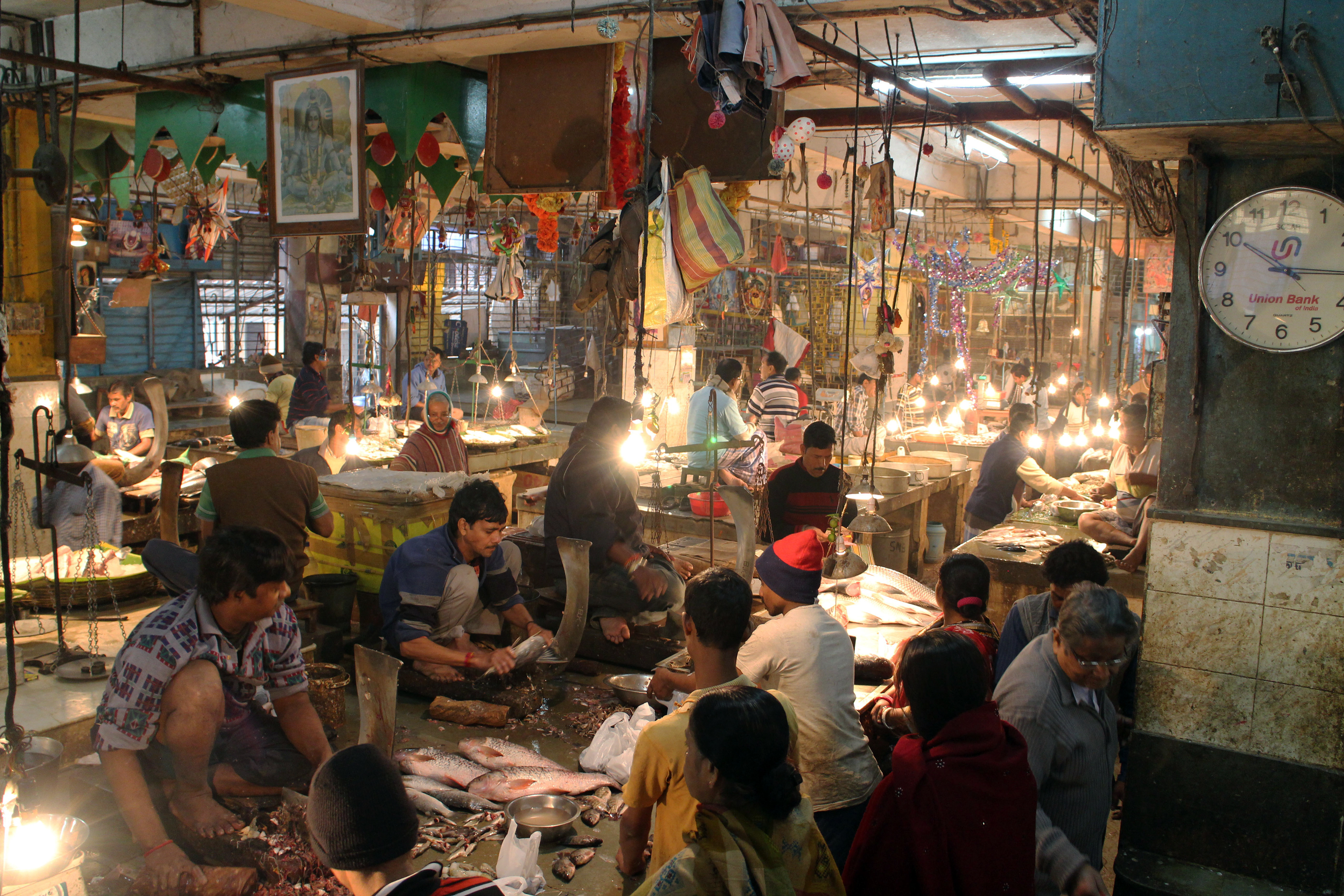Measured Intensity
Indian Modernity and the drawn 'Measured Intensity' - Dorian Wiszniewski
Dorian Wisniewski | Much "Adda" about everything
"We have begun our research for Indian Modernity by drawing up "Measured Intensities" - intense situations intensely measured. We took our initial cues by looking at the works and some address important to prominent Bengali Bhadraloks - for example, Ashapurna Devi, Indira Devi Choudhurani, Kaliprasanna Singha (Hutum Pyencha), Jaladar Sen, Troilokyanath Mukhopadhyay, Harayan Gangopadhyay, Punyalata Chakrabarti, Kazi Nazrul Islam, Shailajaranjan Mukhopadhyay, Rajshekhar Basu (Parashuram). We also looked to the house of Syukanya Mitra, a contemporary Bengali Scholar and Calcuttan Bhadrolok, and the street where Amit Chaudhuri's uncle lived, the subject of his book A strange and Sublime Address. We looked at some Bhadralok situations more intensely than others, but always mindful of each as specific exemplar of this spacial collective who provide the inheritance of subsequent generations of culturally driven Calcuttens.
For our "measured intensities" we took some impetus from Patrick Geddes. Knowing his exchange with Rabindranath Tagore we see within and between them further sources of a sensibility towards Indian Modernity. Rather than looking specifically at Tagore's poetry, we are inspired more by the modernity of his humanism, perhaps most evidenced in hid open educational thinking at Shantiniketan (a key subject of the Tagore/Geddes letters). We look to Geddes for his specific input into the Barra Bazaar, a most amazing dense layering of hybrid civic programme covering about 1km by 1km square where the entire ground floor and streets are given over to market, most of the first and next two to three floors operating as residential accommodation, and with a roof-space partially activated as extension of the common social spaces of the inner courtyards. This area is frequently considered as a bad example of urbanism. However, as Geddes, we see merits. Our "Measured intensities", therefore, can be considered something of a Geddesian "diagnostic survey." However, rather than looking for illnesses that require some"conservative surgery" to make the situation well again, we look for what we consider to be signs of urban health. We develop what we call a "Prognostic Survey." We consider situations that seem providential and test how they might act enzymatically to propagate reciprocally propositious relationships across and between all cosmological and cosmopolitical scales. We begin INSIDE OUT from a survey but by developing it alongside a cosmological projection of OCEAND OF WETNESS we create a speculation. Rather than acting from a curative principle we find and speculate from the basis of what we consider to be fecundating. It is the fecundating rather than curative principle that charges our "argufying". We present this work and the two parallel publications as records of much of the adda about everything we found to be cosmologically and cosmopolitically fecund in Calcutta. - Dorian Wiszniewski | Much "Adda" about everything
"To measure and survey a paradigm within Kolkata is to capture it in its purest form, the traditional architectural tools of drawing in plan and section gives a further understanding to what is original and adds to the recording of not only time but the movement of a space. This approach was applied to the lake Mall - Fish Market, Kolkata and as an effort to intensify my understanding of the quite unique and bureaucratic juxtaposition of the mall i had created a series of drawn measurements whilst immersed in the market itself." - Corrie Graham
Individual Worktop found in the fish market Intensely measured and redrawn 1:20
A timeline series of drawn moments during a full day within the fish market

Image taken of the Lake Mall Fish market during the busiest time of day 5:00pm
Isolated Intense Sectional study through the Lake Mall fish market
Sectional study - the division in section highlighted through the structure and 'slab' holding two separate degrees of wetness.